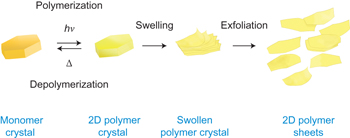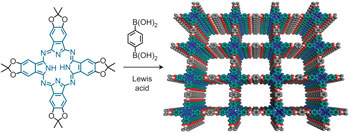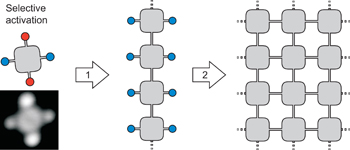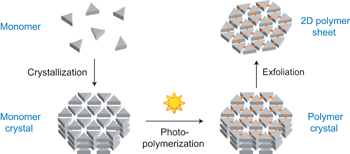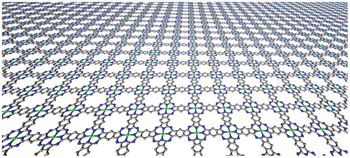2D or not 2D? - p747
doi:10.1038/nchem.2053
Flat is the question.
Full Text - 2D or not 2D? | PDF (538 KB) - 2D or not 2D?
See also: Article by Kory et al. | Article by Kissel et al. | News and Views by Champness | Interview with Benjamin King and Dieter Schlüter


